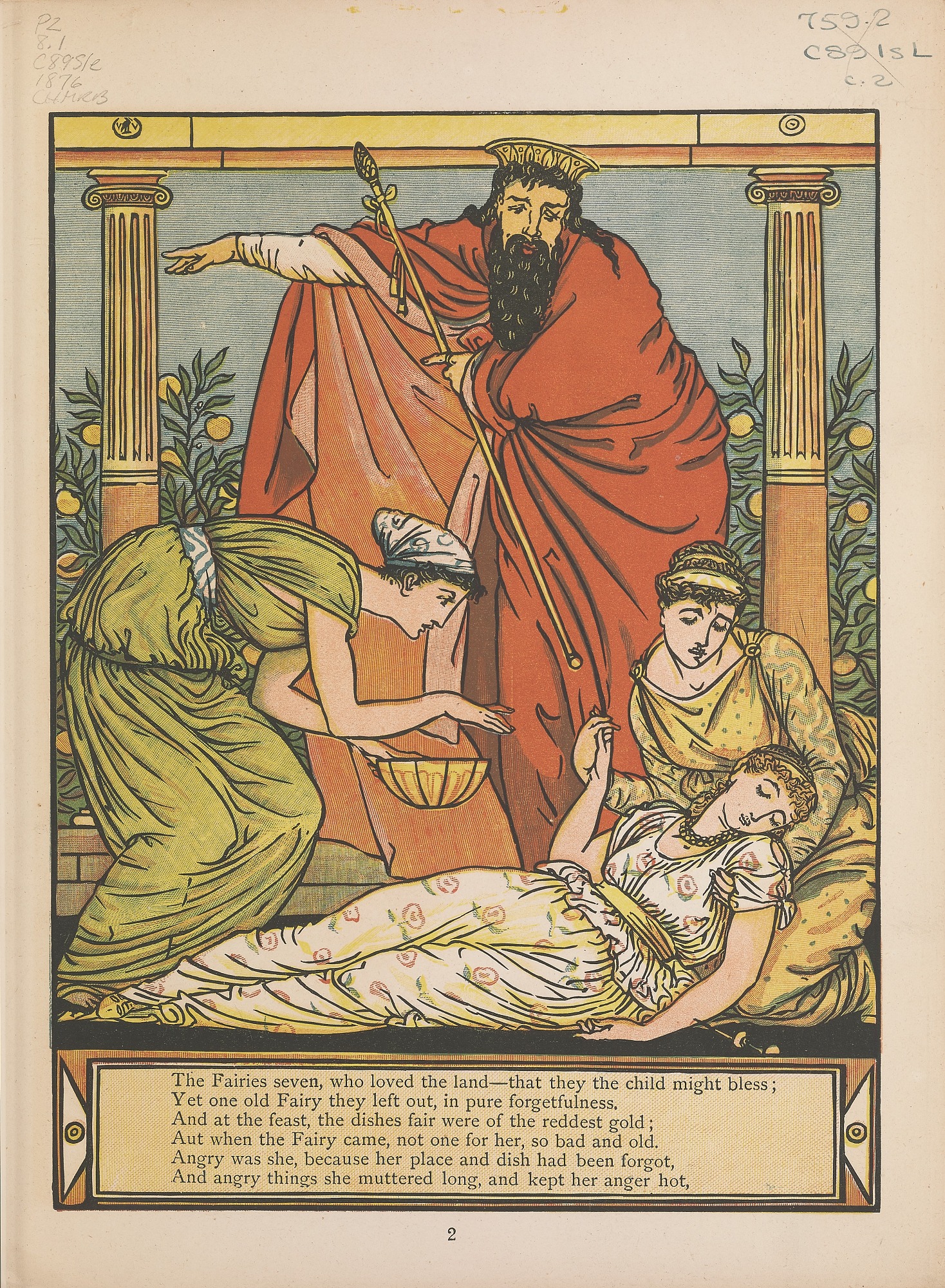Your brain adjusts your body's clock according to all the colors of the rainbow
Springing forward for daylight saving time means less blue light, but also light contrasts
Photo by Joyce Romero on Unsplash
As daylight saving time ends, the effect of light in our daily lives shines bright. Light is one of the most important environmental factors that affects our biological clocks. Now, new research is giving us insight into how our bodies both see and interpret light.
There is one master clock in the brain that communicates environmental signals to every resident cell and keeps our body “on time." This is called the suprachiasmatic nucleus (SCN). The SCN receives many different inputs, but one of the most important signals is light. For example, upon light exposure, cells in the eye signal to the SCN, which leads to your body stopping melatonin production, a hormone that aids in sleep. So in this case the SCN, interpreting light, tells your body wake up.
Light's impact on our biological clock is quite significant. But not all light is the same. Visible light comes in a rainbow of different colors. Many parts of our visual system respond to light, but only a small number of cells in the eye communicate light signals to our master clock in the SCN.
We've know that there are specialized cells in our eye that react to light and that these cells communicate directly with the SCN. These cells are known to specifically perceive blue light. Their importance in interacting with our biological clocks has been supported by many studies. It has also been shown that blue light exposure can affect our cognitive function, mood, and shift our internal clocks. In a recent paper from University of Washington (UW), researchers have uncovered a new cell type that can interpret a wider variety of light colors and is even more sensitive than the cells thought to be primarily responsible for light sensing.
They took almost 2000 high definition pictures of a rhesus macaque retina in minuscule cross-sections. Each of the pictures details structures within the eye in a single plane of the eye. Utilizing specialized software, they made a 3D reconstruction of the images. The next challenge was to make sense of the slices.
Imagine you were looking for a mysterious, long-rumored village on an enormous map. You have an inkling that this village exists from local folklore. Your map includes every feature of this country, so your job is to pore over it until you discover the village. The map has many known cities (cell locations), geographical features (shapes and size of cells), and these landmarks all are arranged in known patterns, like city X is near river Y. Using your best magnifying glass, you painstakingly search over every inch of the map, until you find the unknown village.

Photo by Matthew Henry on Unsplash
The researchers did the same thing with a 3D reconstruction they generated of the eye slices, tracing every connection between cells they could and analyzing the shapes and sizes of already known retinal cells. Using this information, they sorted through all the cells in their "map," finally identifying a brand new cell that had connections that were previously unknown. Then they were able to trace both the inputs and outputs, like a cellular wiring diagram, of this new cell which allowed them to deduce its function.
What has come to light is a new cell that communicates with the SCN, our internal clock. This newly discovered cell can interpret more than just regular blue light. It also deals in color contrast, meaning that it can take in information from more than one type of light. And because this cell is able to communicate with the SCN, the authors think this means that our biological clock can be affected by more than just blue light. The presence of color contrast is quite common in our natural environment (think of sunrises and sunsets) making this finding an exciting addition to our knowledge of brain circuitry and circadian rhythms. The function of the novel cell type is further supported by previous research that indicates that exposure to light other than blue can directly affect our internal clocks. Lead author Sara Patterson sums up their findings in a UW press release saying that the cell they discovered provides "the missing component of an evolutionary ancient color vision circuit capable of setting the circadian clock by encoding the spectral content of light."

Sleeping Beauty just needed a light clock
The more we understand about our biological clocks, the better we can combat light- and season-related illnesses. One disorder known as seasonal affective disorder (SAD), has been treated using light therapy. In this treatment, patients are exposed to blue light over the course of the day, which has been shown to help with mood and cognitive function. While SAD is one of the main examples of the clinical application of light therapy, this minimally invasive therapy is being testing in variety of disorders including Alzheimer’s Disease. This research will help us improve treatments, allowing us to tailor the lights used in light therapy (whether it be blue or a mix of different types of light). The findings of this study are not going to be sitting in the academic world for very long. The researchers at UW have licensed their work to circadian light company TUO. Their hope is that the light bulb they'll make will more accurately mimic natural light (that natural rainbow of colors).
Jay Neitz, another author of the study said, “The research all started because of interest in the health benefits of having natural light that occurs at the right time of day.” As you push your clock forward and your light schedule shifts, remember that your biological clock is ticking along with you.
Peer Commentary
Feedback and follow-up from other members of our community
Thiago Arzua
Neuroscience
Medical College of Wisconsin
This is such a cool article, and so well written! If you are paying attention to neuroscience research lately, technologies like single-cell sequencing have been giving us previously unimaginable amounts of data, and with that we are in a boom of discovering new cell sub-types, but always in a very computational and indirect way. So it is not just refreshing, but so interesting to see scientists using a more direct approach with electron microscopy, while still making use of a computational modelling tool.
As these new cells become evident, I am very curious about the role that they will play in the study of how our sleep and our circadian cycles are being affected by all the technologies around us. Lastly, as my focus is on the development, I cannot help but wonder if there are changes in how these cells are distributed in the infant and the adolescent retinas, that could account for their specific sleep patterns. Great paper and amazing article!
Ethan Kyzivat
Remote Sensing
Brown University
I have heard about how exposure to light, particularly blue light coming from cell phones and computer screens, can disrupt sleep patterns. This article explains that the hormone melatonin is the mechanism behind the effect, and it is triggered by light-sensitive cells. The newly discovered cells are also sensitive to color contrast and connected to our circadian clock. I wonder if the night mode functions of screens (which reduce blue light) might thus be ineffective. I don’t think it would be very useful for screens to decrease contrast at night, unless it is an incentive to stop using them!
María Elisa Terrón
Biochemistry
Baylor College of Medicine
It’s wonderful to read about how cells sense light from a range of wavelengths and how this affects the circadian clock in different ways. This article provides context to the use of light therapy for SAD.
I found this analogy useful to explain how scientists interpret the reconstruction to discover a cell new to us that’s part of the connectome and deduce its function, “The map has many known cities (cell locations), geographical features (shapes and size of cells), and these landmarks all are arranged in known patterns, like city X is near river Y.”
What is generally missing in other research paper translation articles I’ve read and what I appreciate you going over is the specific types of cells involved and what’s happening at a more basic research level without making the topic too heavy. As a follow-up to this finding I’d ask what different chemicals does this new cell respond to, what are its surface receptors, what are the binding kinetics (e.g., neurotransmitters/receptors), and what downstream signaling pathways are affected.